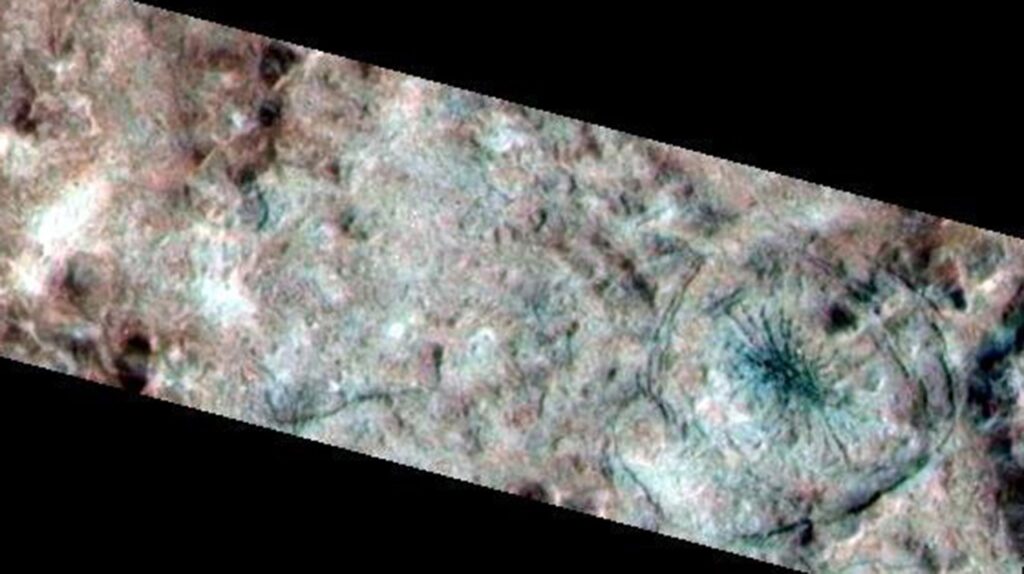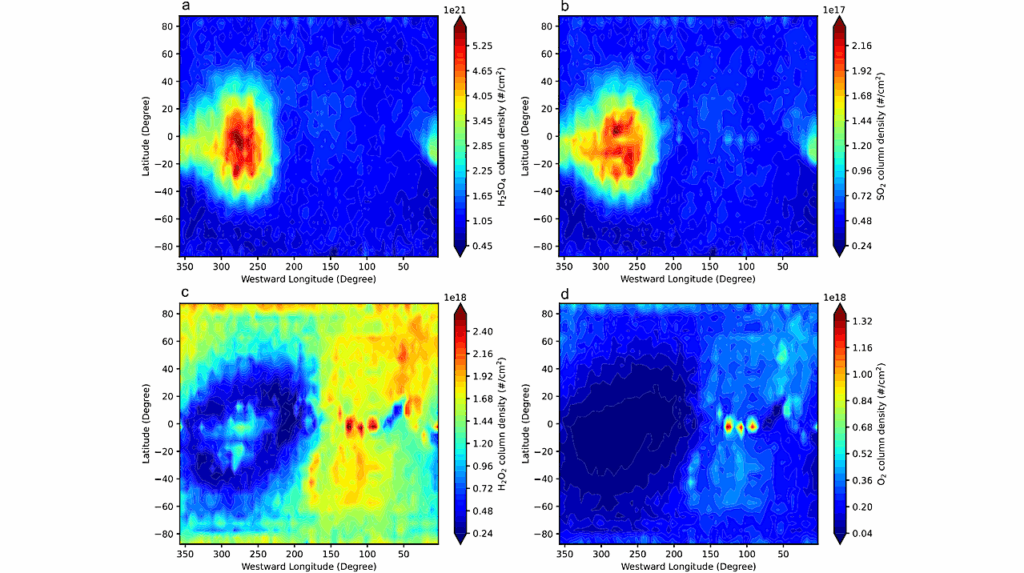NASA Seeks New Options for Science Instrument on Europa Clipper

NASA has decided to replace the current magnetometer on the upcoming Europa Clipper mission with a less complex instrument. The Europa Clipper mission, launching in the 2020s, will be the first dedicated and detailed study of a probable ocean world beyond Earth.
Jupiter’s moon Europa, slightly smaller than Earth’s Moon, may host a liquid water ocean under its frozen shell, making it a tantalizing place to search for signs of life.
The mission’s initial planned magnetometer, called Interior Characterization of Europa Using Magnetometry, or ICEMAG, will not fly with the spacecraft because of cost concerns. Instead, NASA will seek options for a simpler version of this instrument. ICEMAG currently is in its preliminary design phase, and its flight hardware hasn’t been built yet.
“A magnetometer investigation brings significant value to Europa science and exploration. I am committed to finding for a way to include a simpler, less complex instrument on the mission,” said Thomas Zurbuchen, NASA’s Associate Administrator for the Science Mission Directorate at NASA Headquarters in Washington, DC. “We have enough time before launch to find such a replacement and will move quickly to implement this.”
The instruments on the Europa Clipper mission complement one another. Even without ICEMAG aboard, Europa Clipper’s suite of science instruments can help scientists understand the ocean’s properties and ice shell thickness. With a simpler magnetometer, these objectives are all the more likely to be met.
A magnetometer will be useful for observing Europa’s magnetic field, helping scientists confirm the existence of Europa’s ocean, as well as determine its salinity and depth. The instrument will also constrain the thickness of the ice shell. Understanding both the ocean’s properties and the thickness of the ice crust on top of it is essential to figuring out whether Europa could be habitable, the key science goal of the mission.
Europa Clipper will orbit Jupiter as frequently as every two weeks, providing dozens of opportunities for close flybys of Europa. During each flyby, the spacecraft will take high-resolution images of the moon’s icy surface, revealing this mysterious world in unprecedented detail. It will also investigate Europa’s composition and the structure of its interior and icy shell, helping scientists get closer than ever to knowing if Europa could possibly support life.
The Europa Clipper mission is managed by NASA’s Jet Propulsion Laboratory, Pasadena, California.
For more information about Europa Clipper, visit: https://www.nasa.gov/europa








